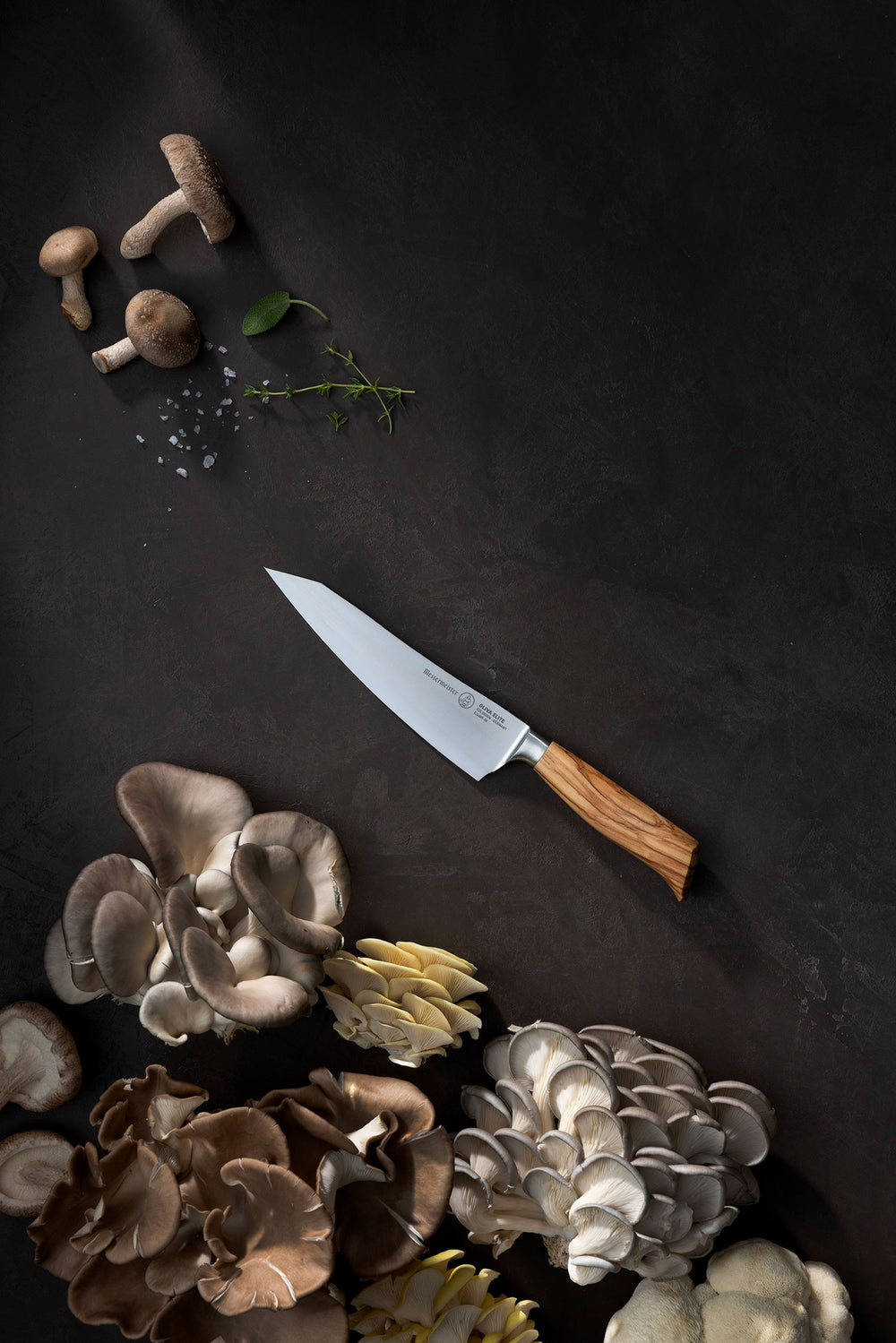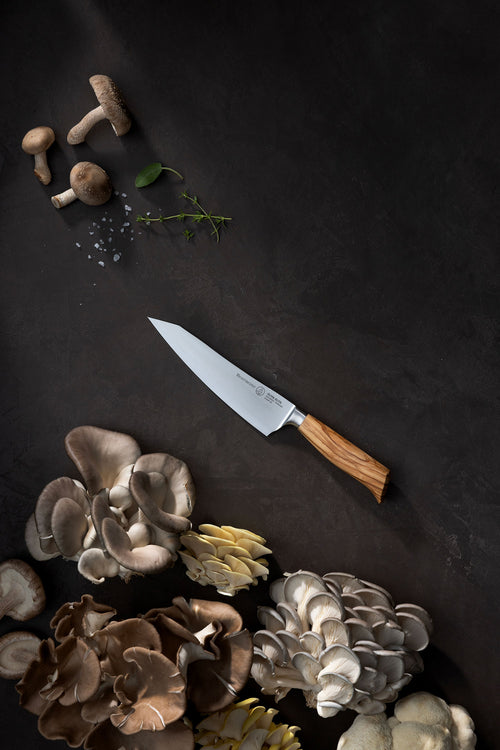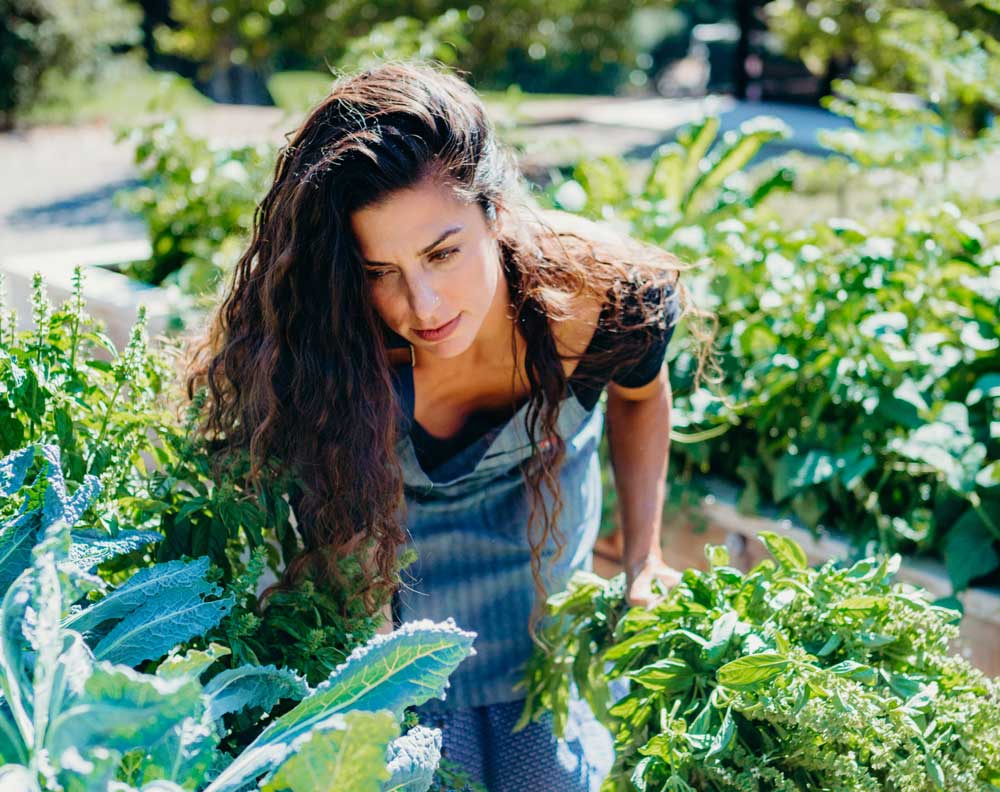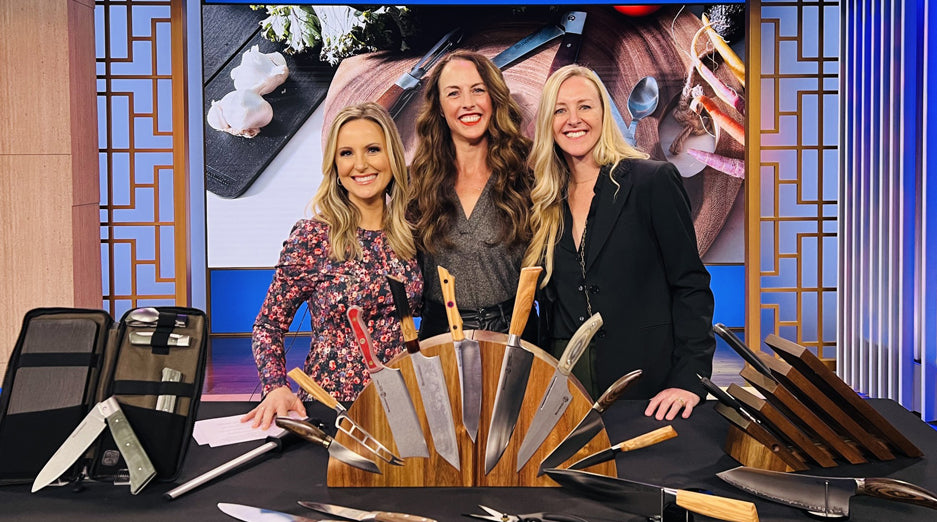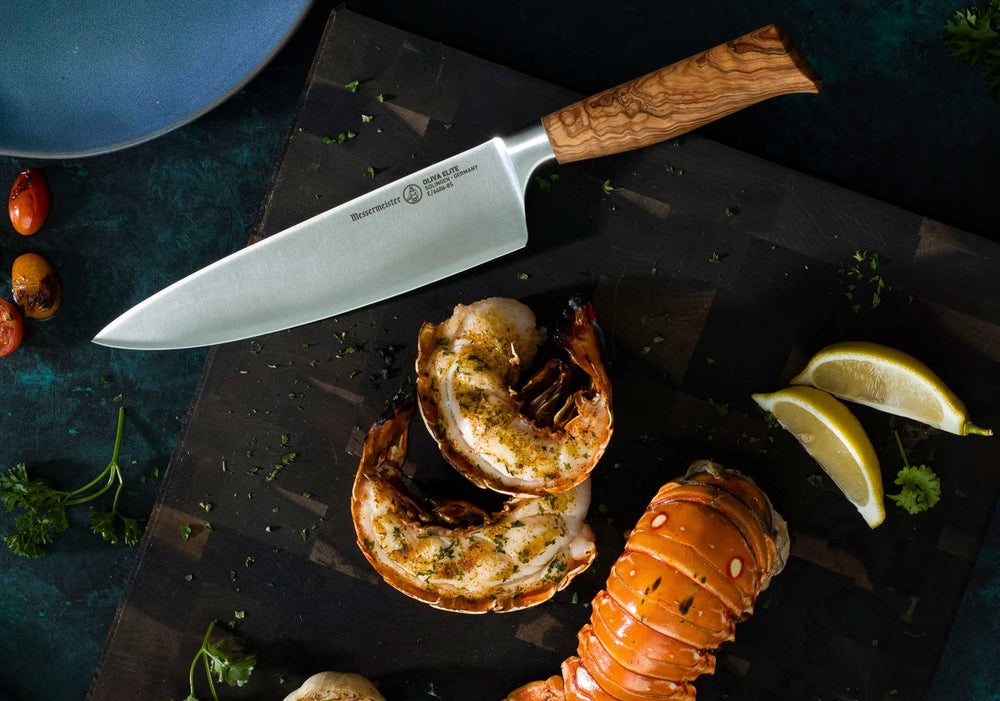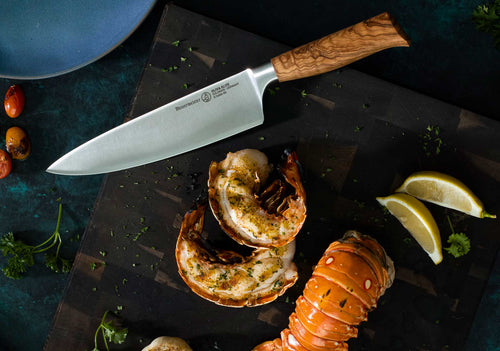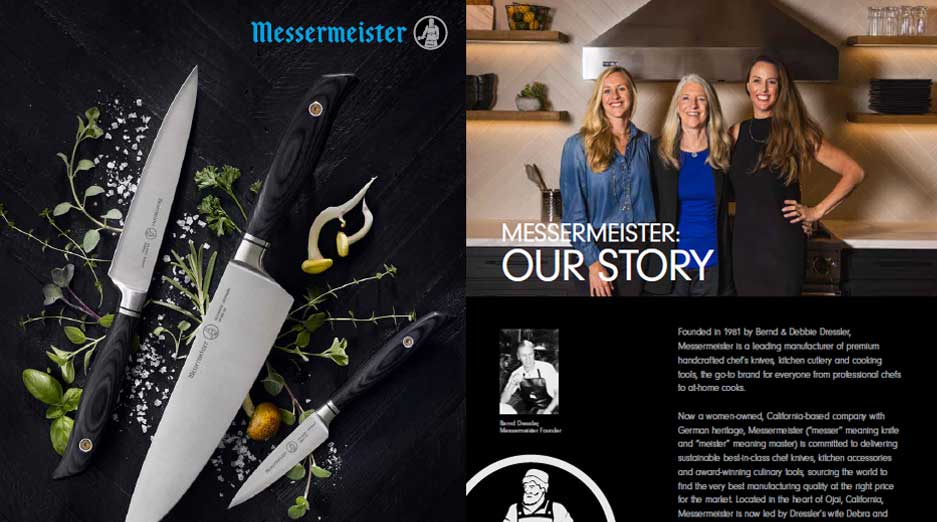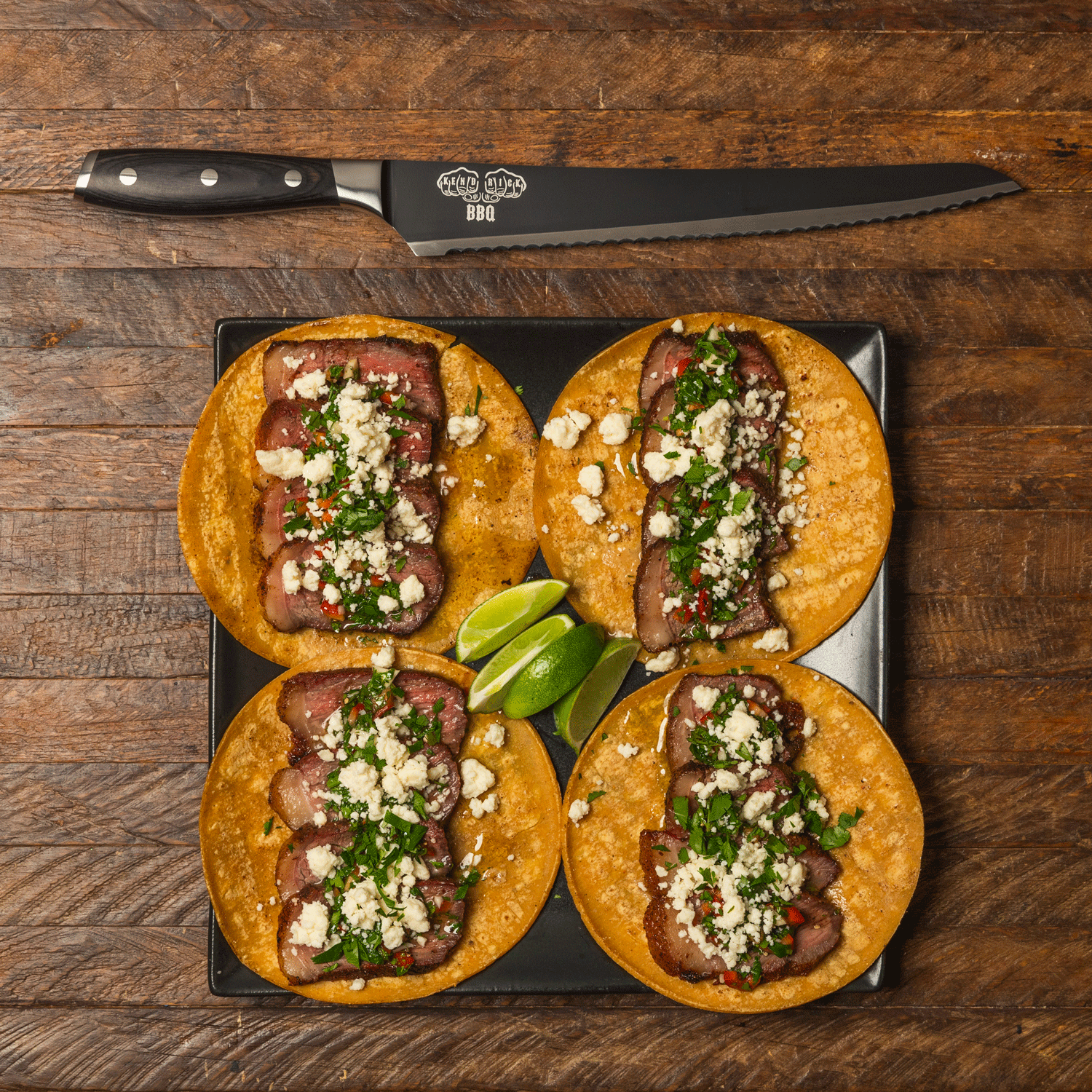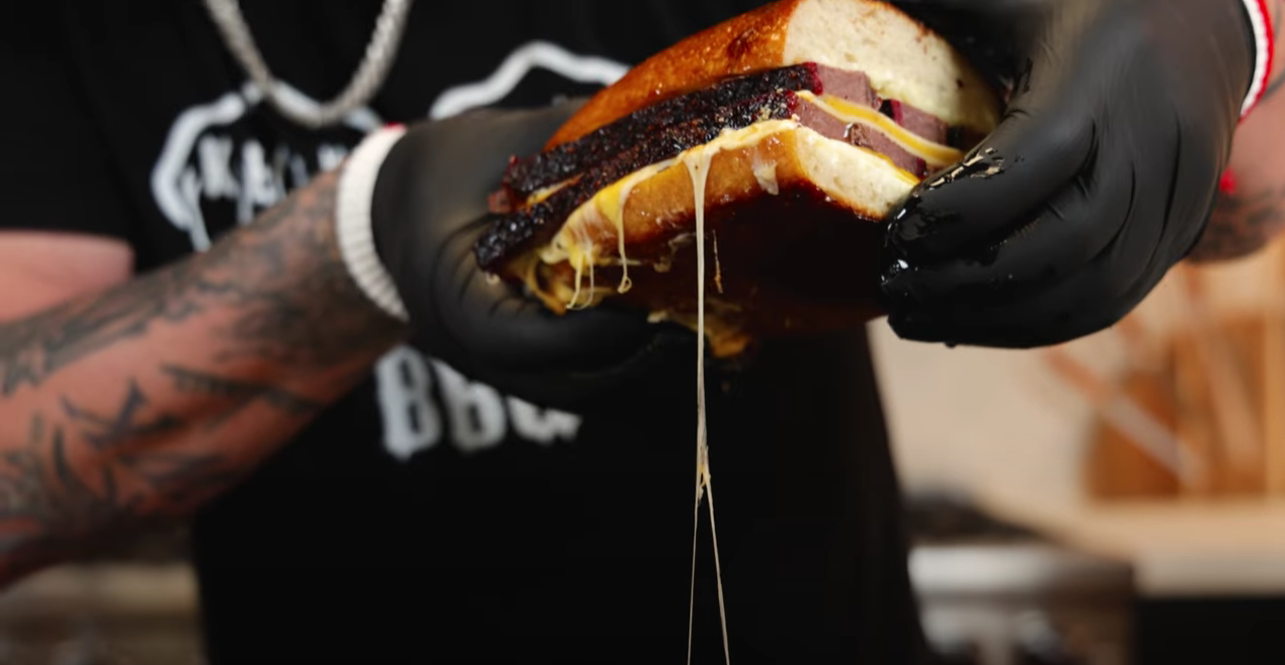Chef Jessica Monty
Sweet and Savory Pineapple & Halloumi Salad
INGREDIENTS
- 1 Pineapple, cored and cut into bite size chunks
- 1 brick of haloumi cheese
- Baby Basil Leaves, ~10 or chiffonade ~ 3
- Juice of one lime
- Olive Oil, 2 Tablespoons
- Flaky sea salt to taste
DIRECTIONS
- Pan fry haloumi on medium high in a little olive oil until browned on both sides.
- Cut up haloumi into chunks while warm and add to the pineapple.
- Add baby basil leaves and dress with lime juice, olive oil and flaky salt.
WHAT IS HALOUMI?
Halloumi is a semi-hard, unripen cheese traditionally made from a mixture of sheep's and goat's milk, though cow's milk is often used in modern versions. Originating from Cyprus, halloumi is known for its high melting point, which makes it ideal for grilling or frying.
Texture: Halloumi has a firm, rubbery texture when raw but becomes soft and slightly crispy on the outside when cooked. It holds its shape during cooking, unlike most cheeses that melt, making it perfect for grilling or pan-frying.
Flavor: The flavor of halloumi is mild and salty, with a slightly tangy taste that becomes more pronounced when cooked. Its saltiness comes from the brining process used to preserve it.
High Melting Point: One of halloumi’s defining characteristics is its high melting point, allowing it to be grilled or fried without melting into a gooey mess. When cooked, it gets a golden-brown crust on the outside while staying soft inside.
Versatility: Halloumi is commonly used in Mediterranean and Middle Eastern cuisine. It can be grilled, fried, or eaten raw, and it pairs well with salads, vegetables, sandwiches, and even fruit, like watermelon.
Halloumi is appreciated for its ability to add texture and flavor to a variety of dishes, especially as a meat substitute in vegetarian cooking.
KNIFE UTILIZED
A chef's knife is one of the most versatile tools in the kitchen due to its design, functionality, and ability to handle a wide range of tasks. Here’s why it stands out:
Multi-Purpose Design: The chef’s knife typically has a blade length of 8 to 10 inches with a curved edge, allowing it to handle various cutting techniques like chopping, slicing, dicing, and mincing. It’s perfect for everything from cutting vegetables and fruits to slicing meats and herbs.
Blade Shape: The curved edge of the blade allows for a rocking motion, making it easy to chop and mince ingredients quickly. The wide, flat blade also makes it ideal for crushing items like garlic or ginger.
Sharpness and Precision: Chef’s knives are designed to stay sharp for extended periods and can be easily honed. Their sharp edge allows for precise cuts, whether you’re making thin slices of meat or chopping delicate herbs.
Versatility Across Ingredients: A chef’s knife is suitable for almost any ingredient—vegetables, fruits, meats, herbs, and even nuts. Its sturdy, balanced blade can handle both tough ingredients (like butternut squash or raw meat) and delicate items (like tomatoes or herbs).
Comfort and Control: Chef’s knives are well-balanced, with a comfortable handle that reduces hand fatigue, making them easy to control during extended use. The balance between the handle and blade allows for better control, ensuring safety and precision.
Durability: Chef’s knives are typically made from high-quality materials like stainless steel, carbon steel, or composites, which make them durable and long-lasting with proper care.
Because of its ability to perform so many different tasks effectively, a chef’s knife is often considered an essential tool in both home and professional kitchens.
